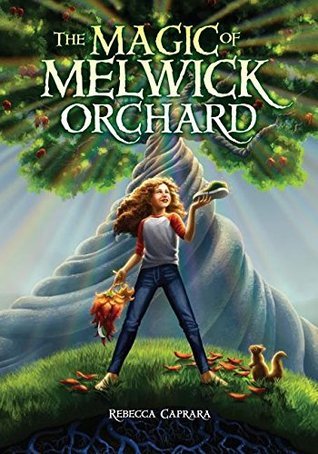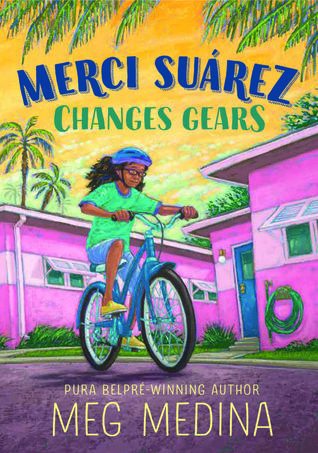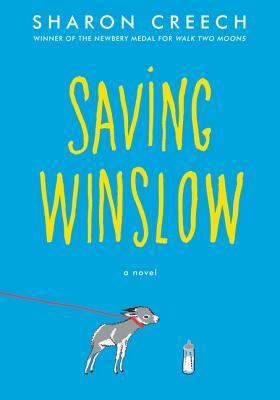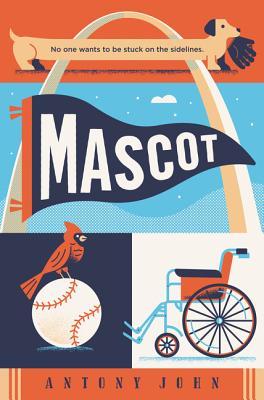
Varnes, Allison. Property of the Rebel Librarian
September 18th 2018 by Random House Books for Young
E ARC from Netgalley.com
Copy also received from the publisher
When June's parents catch her reading a book of which they disapprove, The Makings of a Witch, they not only take it away from her, but her mother returns it to the school library herself. It's great that her parents are very involved in the school, but not so great that in the wake of her mother's visit, the school librarian, Ms. Bradshaw, is escorted out of the building by the police and the library is closed for a bit. It's even worse when she finds out that her parents are performing (with the principal's okay) a "book extraction" and removing any books that have any kind of material that could be considered at all objectionable by anybody. This doesn't leave many books left, and the library is reopened with a temporary librarian who spends her lunches talking with her mother on the phone. In order to keep herself in books, June starts borrowing them from a Little Free Library she passes on her way to school, many of which have very personal inscriptions "To Brendan" in them. When other students need books, they also come to June, and soon she has a small collection in an unassigned locker with a log cleverly labeled Property of the Rebel Librarian with all loans being kept in code. There is an interesting romance as well, with June being interested in Graham until she finds out more about his politics, and then she is more interested in another boy who is more helpful to her cause. June doesn't feel great about all of this subterfuge, but she also really misses Ms. Bradshaw, and is gratified that reading has become a bit more cool since it is banned. Eventually, there is some media attention that brings everything to a head.
Strengths: June is an interesting character who has to put up with really unfortunate parents. The trajectory of the romances is interesting. The variety of books discussed, and the growing culture of reading in the school will make librarians cheer. Varnes' writing is strong, and the book moves along quickly, which is always important in middle grade literature. I liked all of the supporting characters, such as the older sister and the classmates, and of course hated the parents, principal, and board members!
Weaknesses: I had trouble believing that the principal and school board would be able to remove the librarian, close the library, and eventually let the teacher go. The author seems to hale from the Tennessee area, so perhaps the teacher contracts are much, much different. It also seems odd to me that parents would be able to remove books; schools usually have a policy and procedure to address the issue of banning books. Again, this may be different in other areas, but since I could not imagine such events occurring, it made it really hard for me to get into the book.
What I really think: Even though I like Alan Gratz's Ban This Book, it has not circulated very well at all, perhaps because my students can pretty much get any book they want.
The interim librarian is given a bit of a hard time about the lunch time phone conversations with her mother (and a little derision about her sweatshirt with alphabet letters on it), which, really, she should be able make. Other teachers can take lunch, but it's rare that libraries are closed completely. I take lunch rarely. Even then, it's maybe 10 minutes, when there are no classes scheduled and I've already seen study hall students, and the library remains open with student helpers because the whole front wall of my library is glass that looks out onto the cafeteria, and the adults out there can keep an eye on things. It still makes me super nervous and I don't like to do it. But the librarian should be able to use her lunch to make phone calls, and doesn't deserve negative judging about her choice of clothing. If I can't comment on the young and their skin tight yoga pants, they should not be able to make fun of my cardigans and pleated skirts. (There, Twitter. Feel free to go crazy with this one. Hopefully, with all of the political news, the bullies on Twitter will ignore this one.)





























